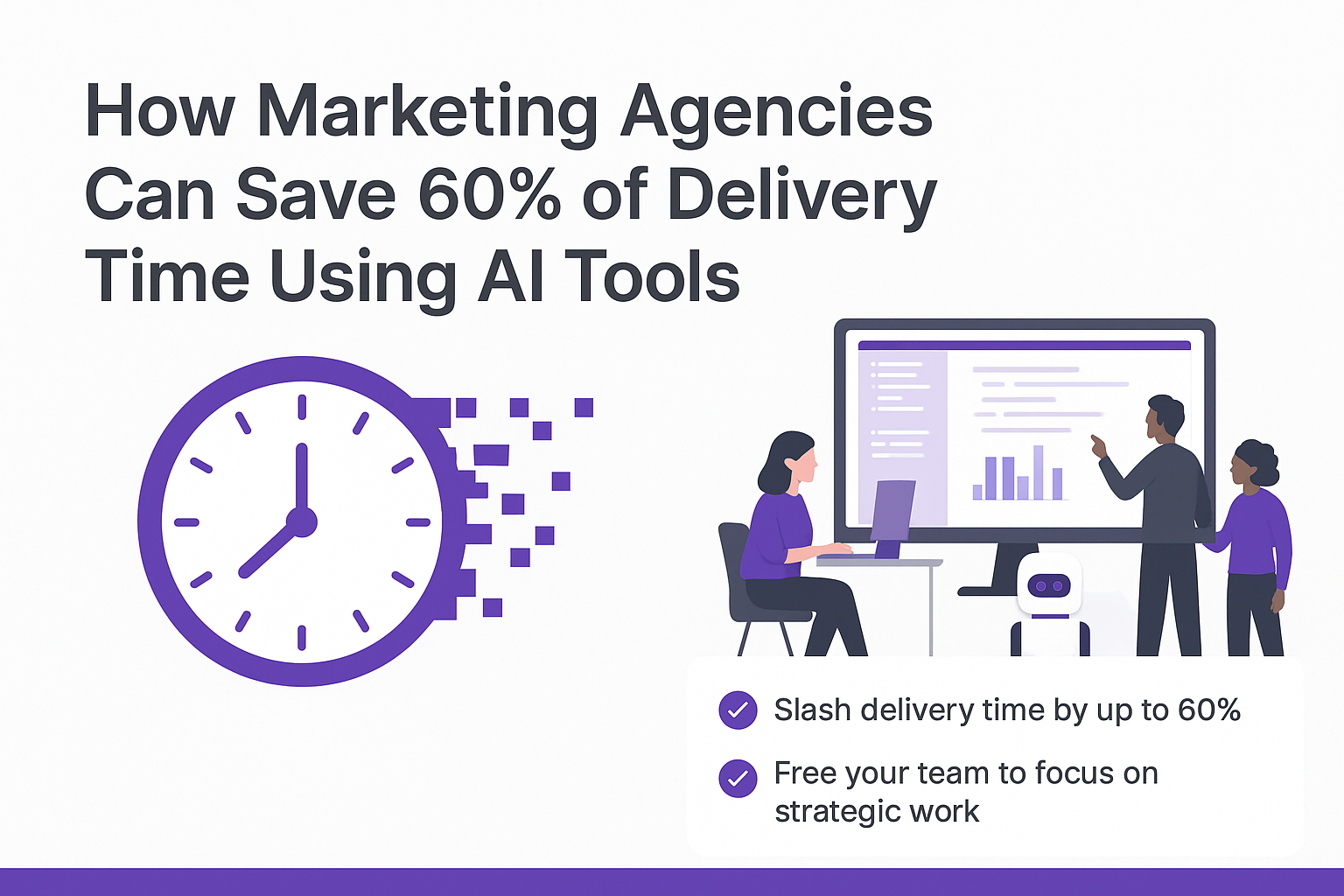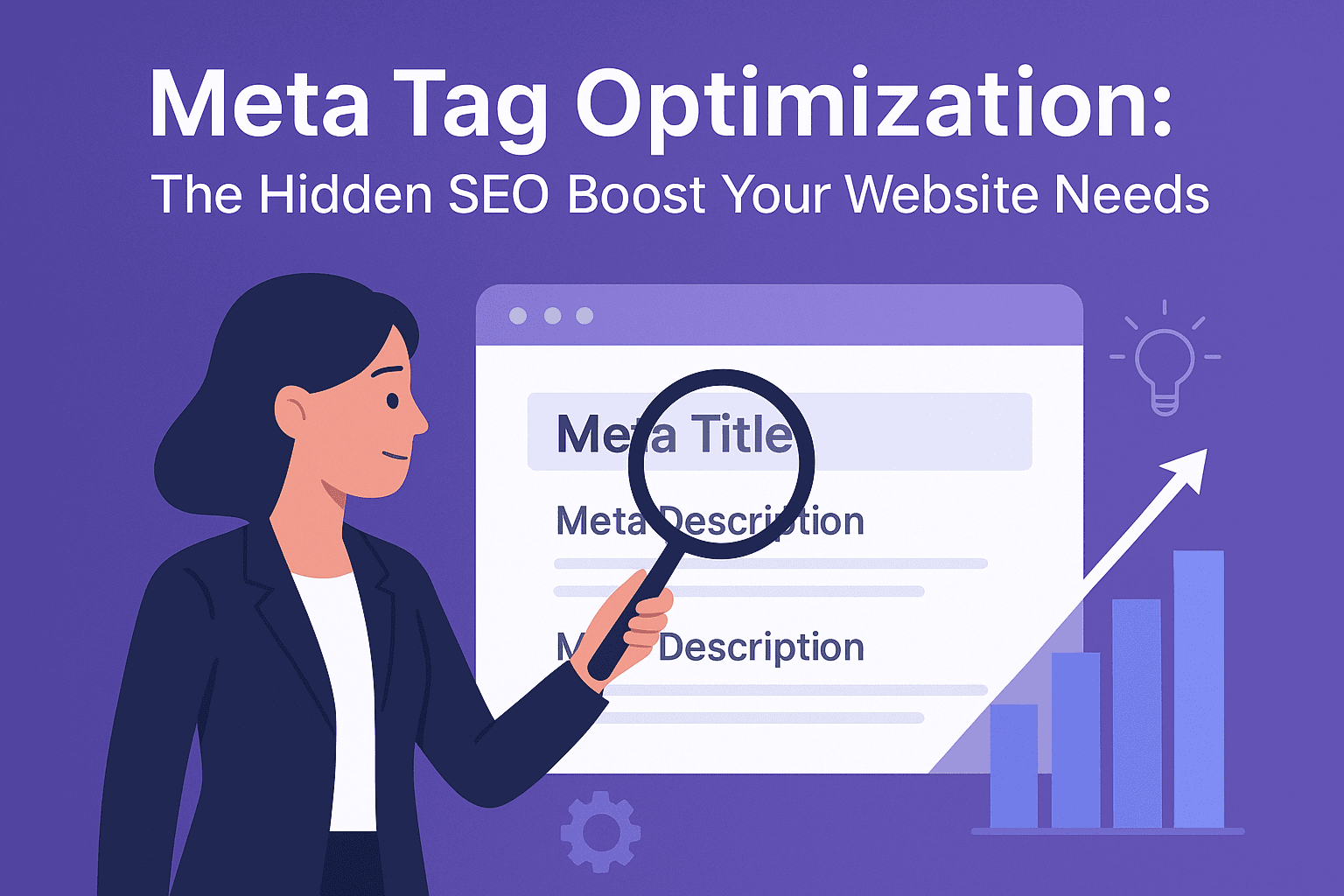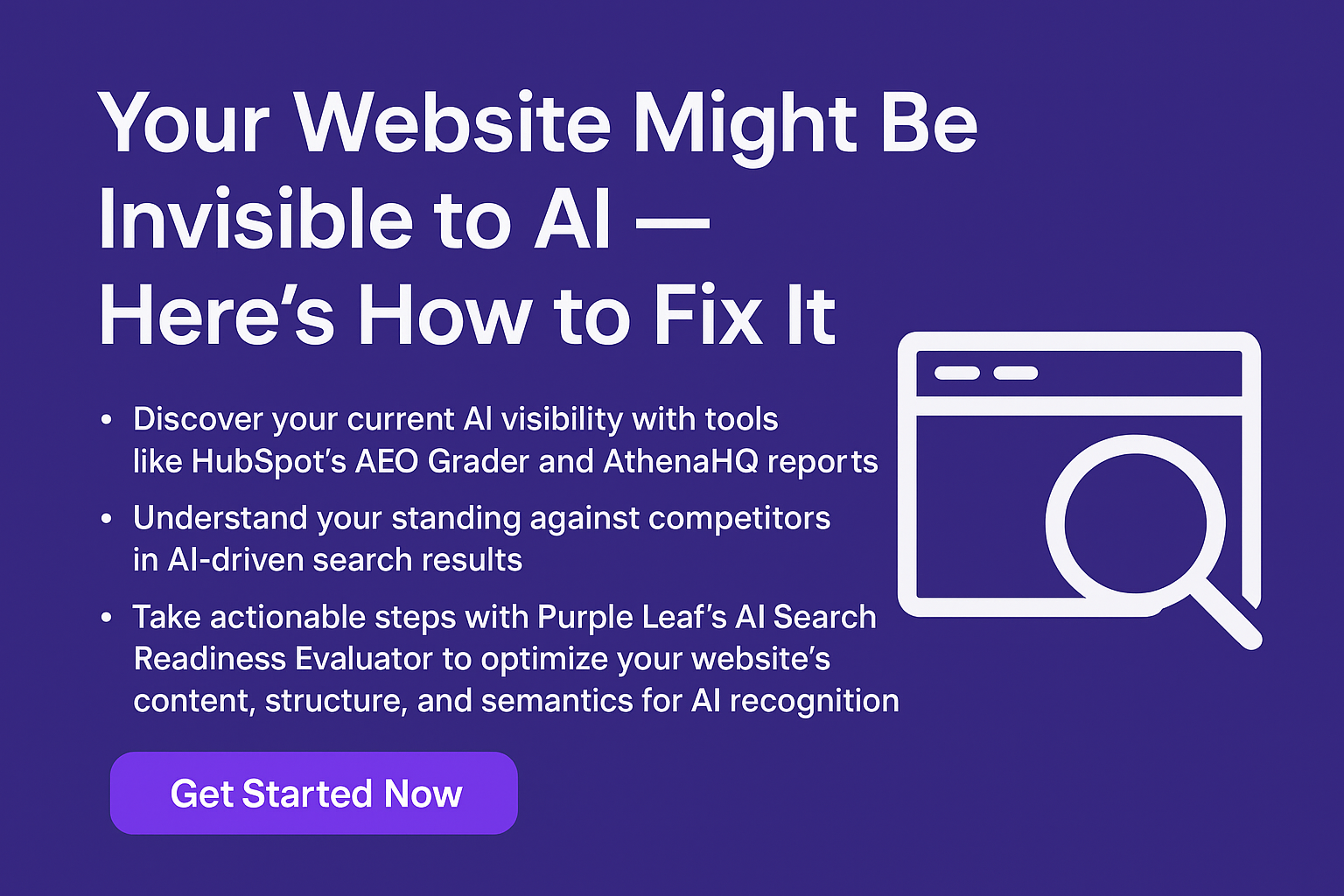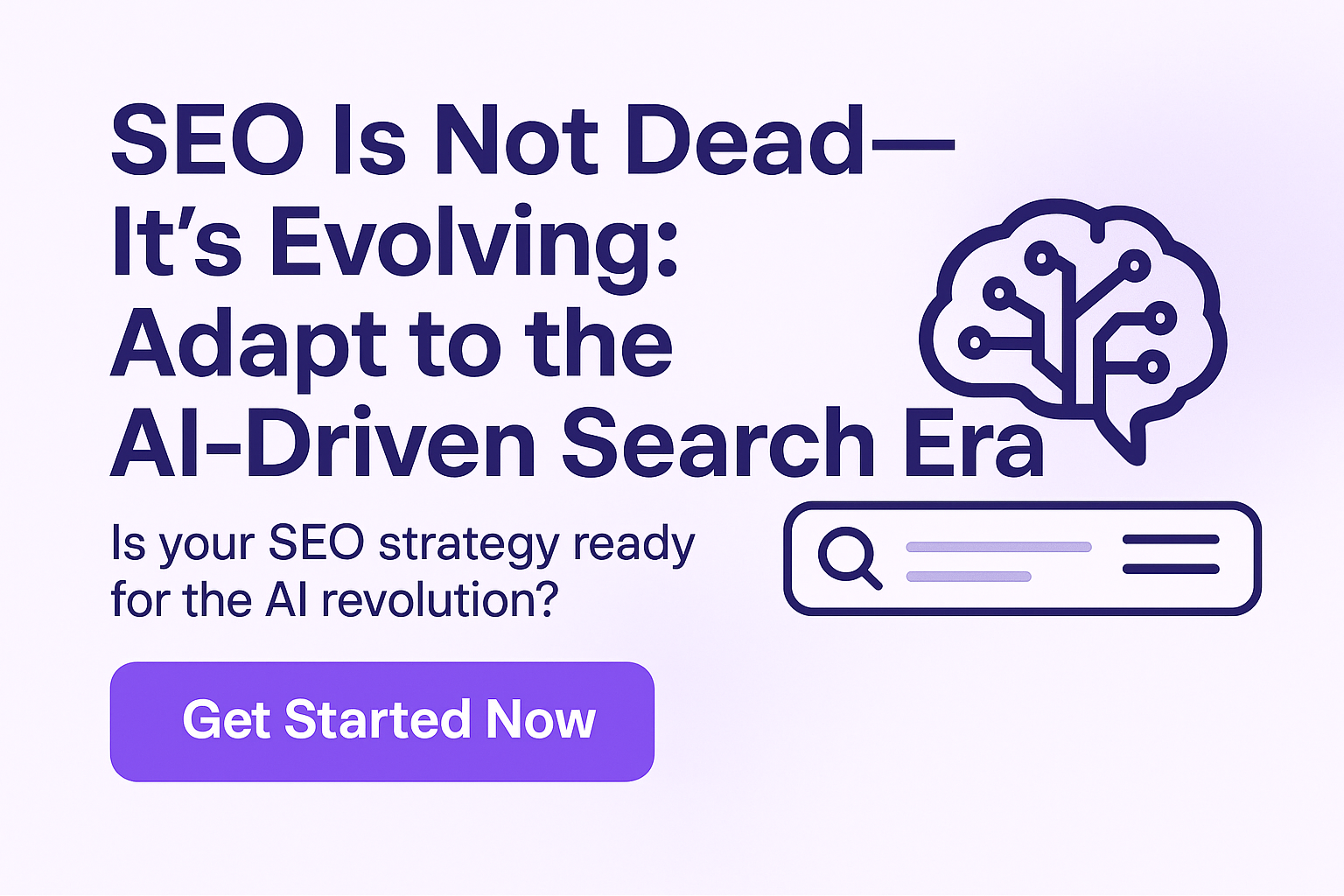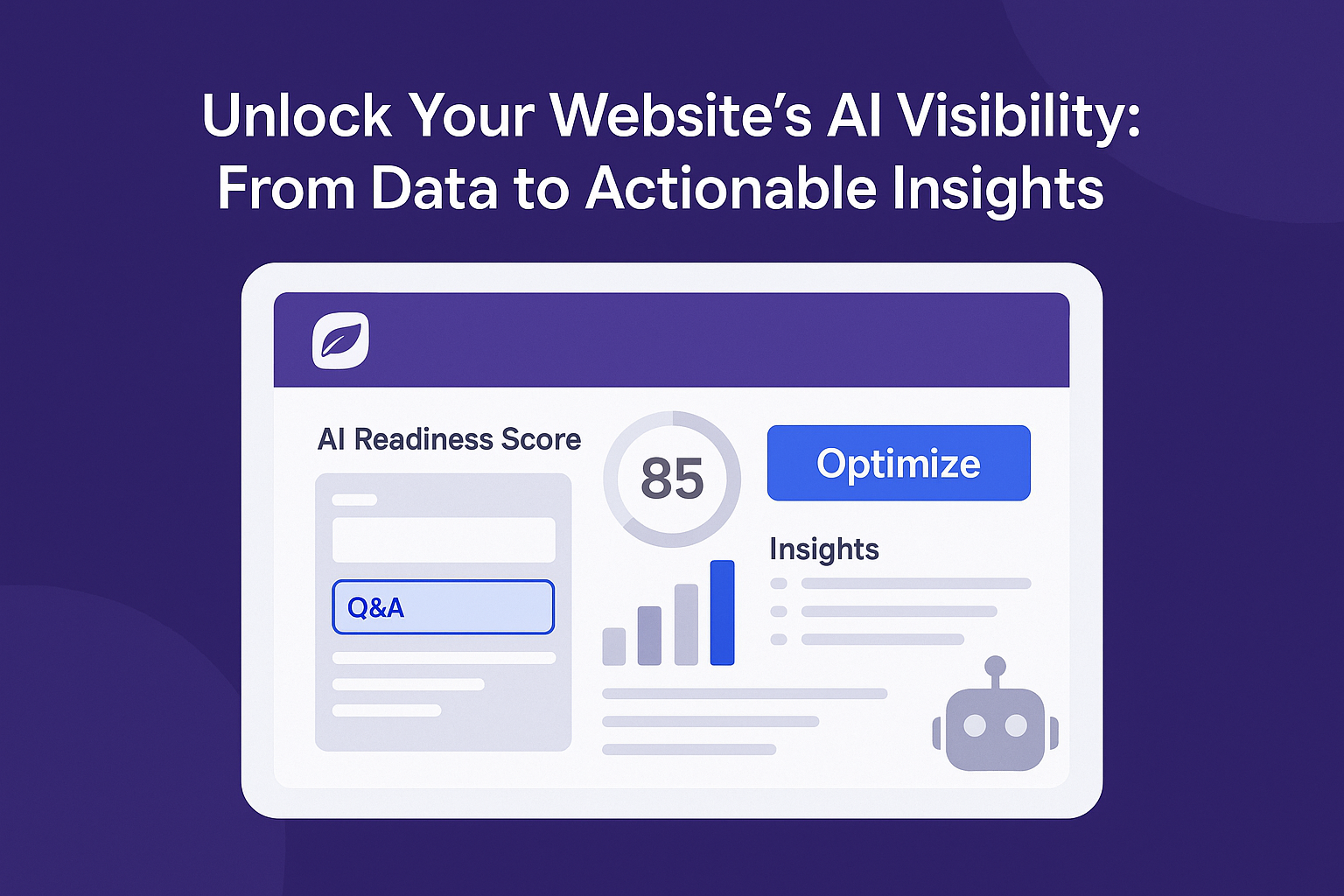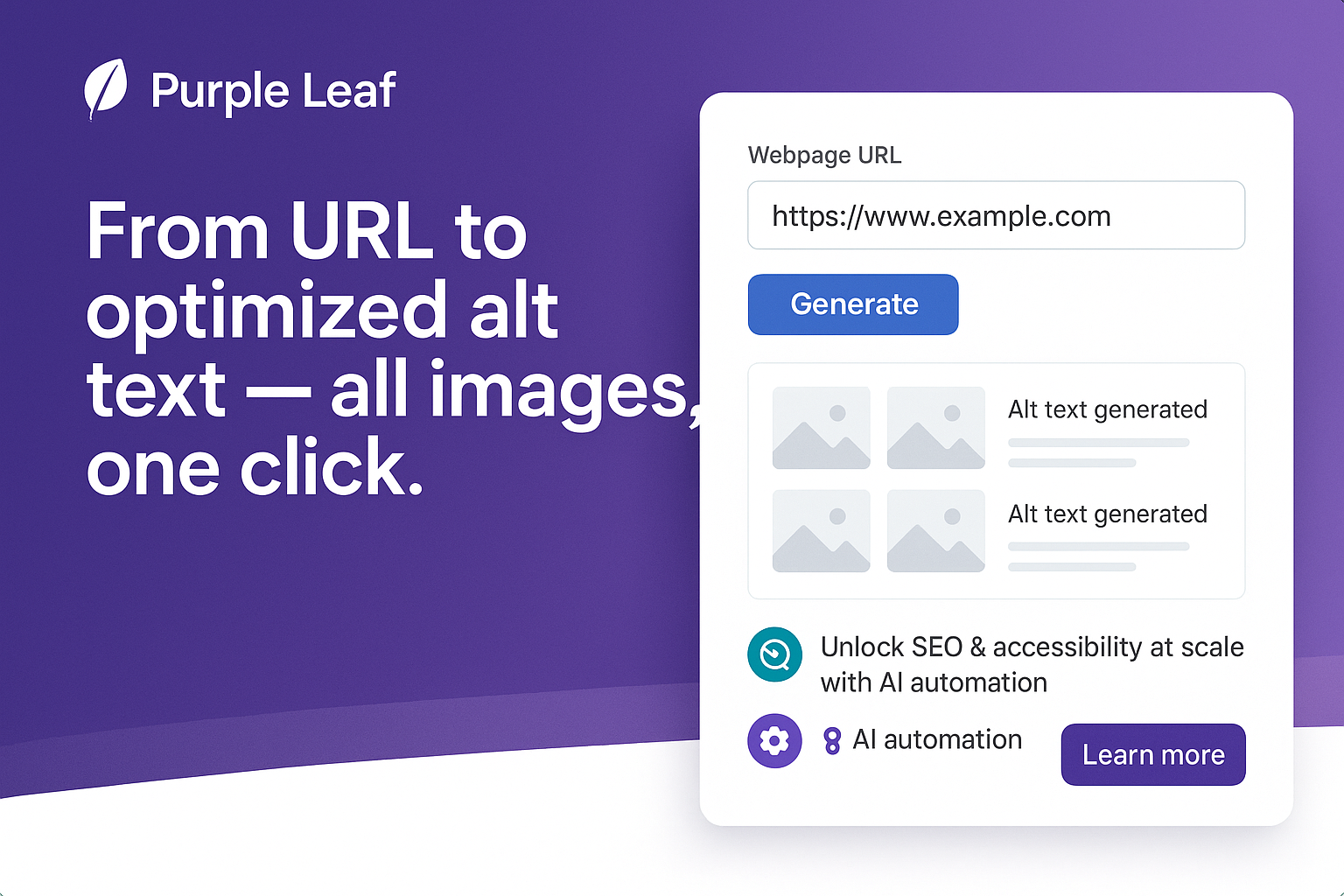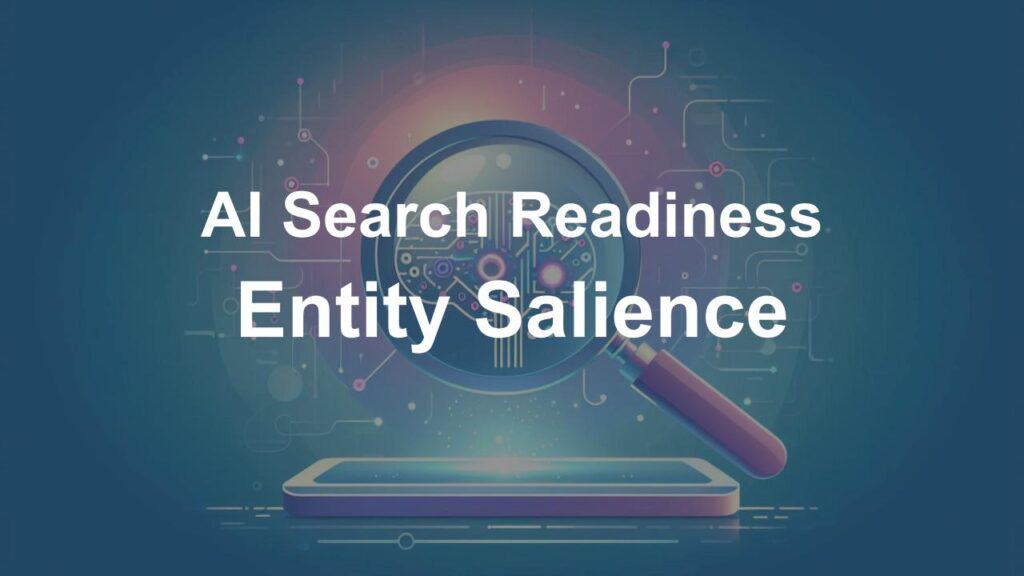
Introduction
Search is evolving, and so is SEO. It’s no longer about stuffing pages with repeated keywords. Today, search engines and AI are smart enough to look at the bigger picture—they try to understand the context, the connections, and the real meaning behind your content.
In our last blog, we looked at how Q&A Blocks help answer user intent directly. Building on that, this post explores Entity Salience. It’s the difference between content that just drops a topic in passing and content that’s built around that topic with depth, clarity, and supporting context—the kind search engines can actually trust as authoritative.
What is Entity Salience?
Entity salience is the framework AI systems and search engines use to figure out what your page is really about. An “entity” can be a person, place, product, or idea. The clearer and more consistent these signals are, the easier it is for search engines to recognize your topic. If the signals are weak or scattered, your content risks being misunderstood or misclassified.
For example, if you write an article about digital marketing trends, but your text gets sidetracked with too many unrelated references, search engines might struggle to determine whether your page is truly about digital marketing. Clear, consistent references to relevant entities help AI systems lock onto the right context.
Unlike keyword density, which focuses on frequency, entity salience focuses on relevance and importance—how well your content emphasizes its main subject and supports it with connected ideas.
Why Entity Salience Matters for SEO & AEO
Search engines and AI platforms use entity signals to:
- Rank in AI summaries and featured snippets – Clear salience improves your chances of being included when AI answers user queries.
- Build authority in knowledge graphs – Strong entity alignment helps search engines connect your brand to relevant topics and concepts.
- Improve topical authority – Content with high salience is seen as more trustworthy and contextually accurate.
On the flip side, weak or inconsistent context can lead to misclassification. That means your page might rank for irrelevant queries—or not at all—simply because search engines can’t confidently determine what your content is about.
How to Improve Entity Salience on Your Website
Improving entity salience doesn’t require overhauling your entire site—it’s about being intentional with how you structure and present your content. Here’s how:
- Define the main entity clearly
- Introduce the central topic in the title, intro, and summary.
- Introduce the central topic in the title, intro, and summary.
- Add supporting entities
- Surround the main entity with related people, places, tools, or concepts to build context.
- Surround the main entity with related people, places, tools, or concepts to build context.
- Use structured data
- Schema markup helps search engines connect entities and understand relationships.
- Schema markup helps search engines connect entities and understand relationships.
- Organize content effectively
- Headings, FAQs, and summaries reinforce the entity focus and make it easier for AI to parse.
- Headings, FAQs, and summaries reinforce the entity focus and make it easier for AI to parse.
- Leverage internal linking
- Link related pages to reinforce entity connections across your website.
- Link related pages to reinforce entity connections across your website.
Entity Salience in Action
Think of two websites writing about “eco-friendly travel.” One site briefly mentions the term but spends most of its time talking about hotels, gear, and food without reinforcing the main theme. The other consistently highlights sustainable practices, cites environmental organizations, and connects the concept to well-known eco destinations.
Which one will search engines recognize as a strong source for “eco-friendly travel”? The second—because it demonstrates clear entity salience.
In practical terms, salience boosts your chances of showing up in voice searches, AI-generated answers, and zero-click results—all of which are growing in importance.
Conclusion
Entity salience is like a spotlight—it tells search engines exactly what your content is about and why it matters. In simple terms, it means you should prioritize content depth over width. Instead of trying to cover too many things lightly, focus on going deeper into your main topic. That’s what helps search engines see your content as clear, consistent, and worth featuring in results.
As search becomes more AI-driven, focusing on entity salience is one of the best ways to help your content stand out. Clear, consistent signals make it easier for search engines to understand your message. And if you’d like some help, the AI Readiness tool from Purple Leaf can guide you in keeping your content structured and easy for both people and AI to read.
